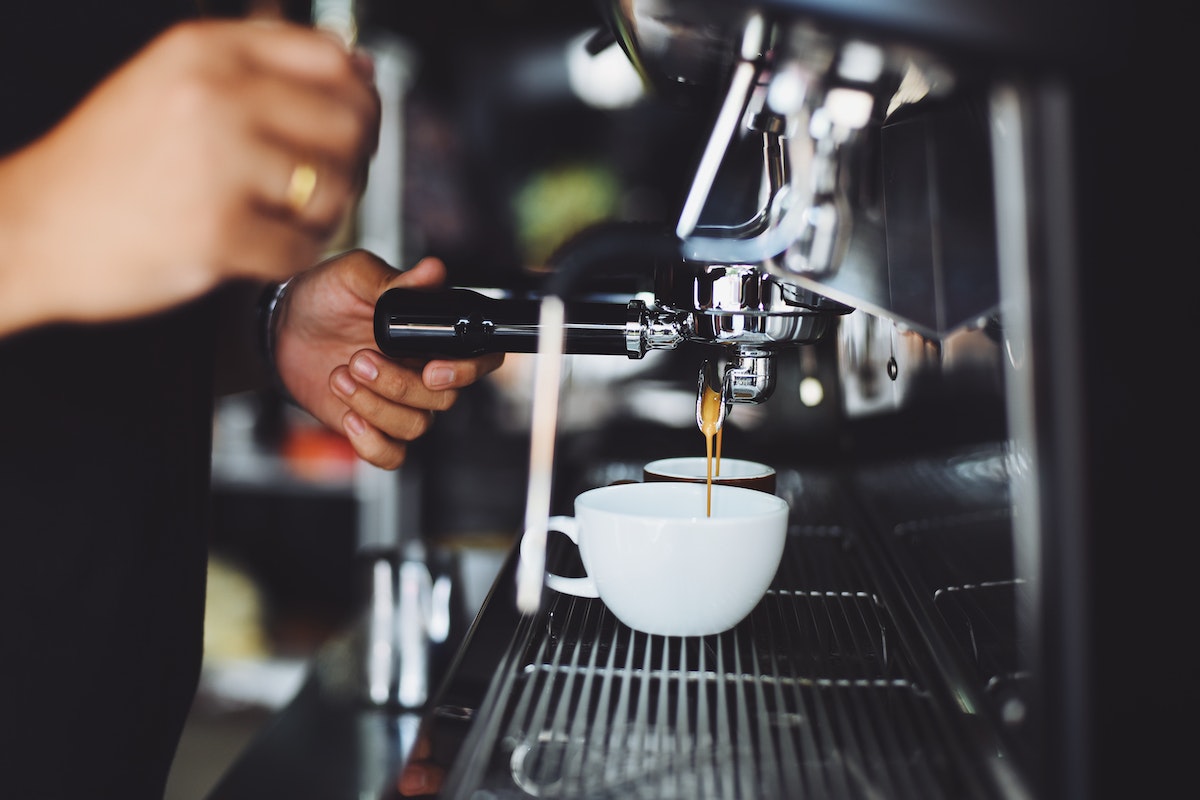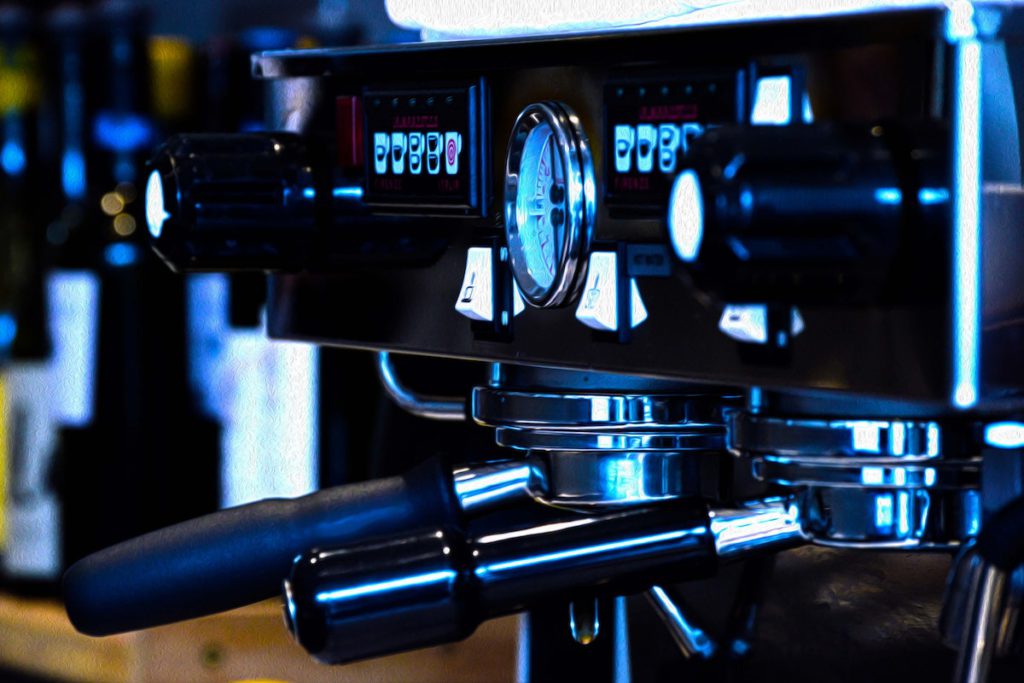
The issue is there are a lot of coffee roasters out there making roasted coffees and branding their espresso beans. Generally, if you see a bag of whole coffee beans with the word Espresso, the roaster has roasted the beans as dark/espresso roast. Espresso coffee beans typically fall into the dark roast category since that is the phase where beans provide the lowest acidity while offering a whole body.
Espresso coffee beans are typically given a very dark roast. However, some prefer lighter roasts–this is a matter of personal preference, and any roast can be used in Espresso making machinery. Fair Roasted Coffees often turn out pretty drastically when aged, which makes them tricky to work with when using them for Espresso. Medium/dark roasts are best suited to a rocket espresso appartamento and not as well as a beans-to-cup machine, or else you will get a coffee that, once again, is too acidic.
A lighter roast will bring out the distinctive flavours of your specific coffee beans, which, incidentally, may vary depending on where your coffee beans come from. For example, the deeper flavours of dark roast coffee beans tend to pair better with milk, so drinks such as lattes, macchiatos, cappuccinos, and cortados will all taste wonderful if made with darker roasted beans. On the other hand, light roast beans have no fatty shininess, are best suited to white coffees, and styles made without pressure, such as pour-overs or cold-brew coffee.
Medium-roasted beans produce different flavour profiles depending on the beans’ origin, and these are used for a variety of different styles of brewing. For example, roasting makes espresso-grade coffee beans far more aromatic, with deeper profiles, than lighter-roasted or medium-roasted beans.
This is because Espresso beans roast longer than light or medium roast beans, and much of the caffeine is burned off in the process. That is because Espresso has such concentrated flavours that you have to use less of your coffee grounds than other coffees to get the desired strength, and these beans will release their caffeine in the drink faster. The difference between Espresso and regular coffee is not the beans but how you roast and brew them.
When a bag or a jar says ” Espresso,” that is simply a recommendation from the roaster as to how the beans should be used, depending on roasting and grinding. If it is ground coffee, then it is very likely that the espresso beans are a darker roast, already very finely ground, and are ideal for throwing into an espresso machine or Aeropress. As long as you mill your beans so they will work with the machine you are using, your resulting coffee should be great.
Since coffee (and thus, Espresso) is best when freshly ground, you will want to buy the beans whole and only grind them right before you start making your coffee. If you are making a batch of drip coffee from a bag of beans from a local roaster, these beans are also excellent for Espresso.

While you can brew and use any beans in your rocket apartamento, the beans you use may have bitter flavours throughout the process unless the coffee is made especially for Espresso. The beans you use certainly affect how the coffee tastes in lattes, but there is no real need to be concerned with using beans made specifically for Espresso. Remember that the roast of the beans you select affects your coffee’s flavour and your machine’s performance.
To get that rich, deep, bold, and smooth flavour that defines an espresso, the beans used should be roasted between medium-dark to medium-dark. Espresso beans are usually darker roast beans with fuller bodies, more robust flavours, and just the right acidity that keeps the most robust espressos from tasting bitter. While Espresso is traditionally made from darker roasts, it is optional to select coffee beans that are explicitly marketed as Espresso.
Brown coffee, both from standard drip and pour-over setups, tends to yield a less intense flavour profile than Espresso, making it more forgiving when used to brew different qualities of coffee. If you are using more ground coffee per cup (like creating a Moka pot coffee), there is a chance that it is going to have roughly the same amount of caffeine as Espresso or a little higher if the beans are slightly more lightly roasted; but that will vary depending on how intense you prefer the taste, and the amount of hot water added to the cup.
For Espresso, you will want to use coffee that has been rested about 5-10 days post-roast. To allow roasted coffee to bounce back in quality, we recommend using ten days or older beans when making Espresso. This does not mean that you should pulverize beans right off the roaster–coffee is typically allowed to rest for several days to enable CO2 off-gassing, which impacts the flavour–but depending on how it is packaged, you should begin using coffee a couple of weeks after it has been roasted, and finish off any open packs very quickly.
These beans were blended especially to minimize problems with coffee oils in espresso machines. As a result, the darker roasts in espresso beans are higher in the coffee’s natural oils, which is apparent from the buttery lustre that can be seen on the beans.
Oily beans are the natural outcome of roasting your coffee until natural sugars and oils cover the exterior of the beans. Dry-processed Brazilian coffee gives Espresso its walnut notes, and Colombian beans lend the mix its dark chocolate notes.